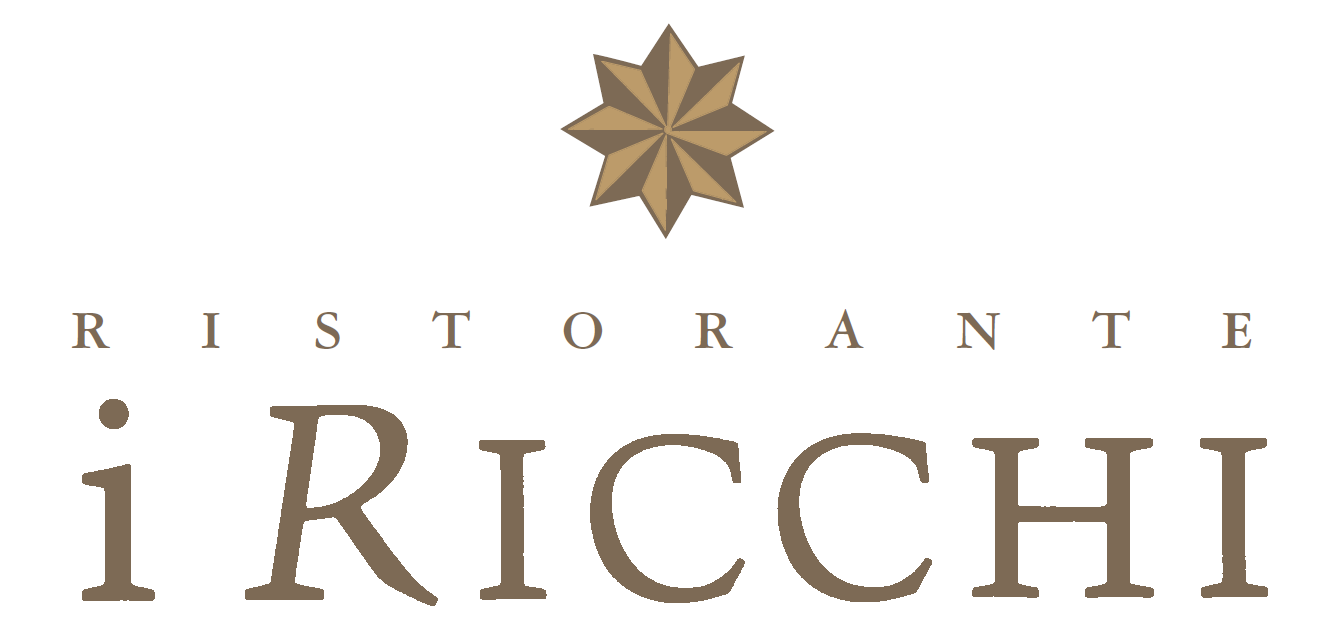“Parsley, sage, rosemary and thyme . . .” are more than just familiar lyrics from Simon & Garfunkel’s “Scarborough Fair” – these herbs make our dishes come alive! Fresh herbs are the fundamental element of all our cooking at i Ricchi – sauces, meat, fish, salads and vegetables. Fresh is always better and growing herbs is quite easy. But in a pinch, dried herbs can be used, in different proportions of course. In Italy, fresh herbs are easily found growing wild in the fields or along stone walls. All Italian cooks have hearty rosemary and sage bushes growing at arm’s length. It also is probably safe to say almost every Italian household will have fresh basil growing in their summer garden or in a pot on their kitchen windowsill.
say almost every Italian household will have fresh basil growing in their summer garden or in a pot on their kitchen windowsill.
The absolute king and queen of Tuscan cuisine are rosemary and sage (rosmarino e salvia). It is hard to think of a classic Tuscan dish that does not have at least one of these herbs as a crucial element. Rosemary can be very powerful, so use it with restraint. It is particularly delicious used to flavor roasted and grilled meats. Oven roasted potatoes take on an Italian flavor by simply adding its needles to the roasting pan along with a few crushed cloves of garlic and some sea salt. We also use rosemary, the epitome of Tuscan taste, to flavor our homemade schiacciatta (focaccia). Sage is a more gentile herb, especially good with poultry, pork and seafood. (See a picture of our Spiedino di Mare above.) It definitely reigns supreme in our Tortelloni al Burro e Salvia. Another very easy way to impart a Tuscan flair to any pasta is to gently warm butter and fresh leaves of sage with the addition of parmesan and freshly ground pepper. Try it at our Palio Party on the Piazza, Thursday, August 16 at 7 pm in our Arrosto Senese allo Spiedo: Grilled skewers of pork loin, chicken, sausage, Tuscan croutons, bay leaf and sage. Get tickets now
Italy’s most popular herb, from north to south, is without a doubt, basil (basilico). Who among us could take a whiff of it without envisioning the joys of summer eating – tomato, mozzarella and basil (Caprese) coming first to mind. Join us during Restaurant Week, Monday-Thursday, August 13-18 to try two different types: At lunch our Casarecci Caprese – Chilled house-made extruded pasta, local tomatoes, mozzarella pearls, olives and basil or at dinner our Pappardelle Caprese: Hand-cut homemade egg pasta ribbons, local cherry tomatoes, mozzarella and basil pesto. Make reservations here or call (202) 835-0459. Another absolute personal favorite is Pesto alla Genovese, frequently served here as a special during the summer. Tender fresh basil leaves are blended with pine nuts, garlic, butter, olive oil and parmesan to make the most fragrant green paste. *A little secret to keeping that beautiful emerald color is NOT to heat it – simply add it to hot pasta or steamed vegetables and toss briefly.
Another mainstay of fresh, clean Italian cooking is parsley (prezzemolo). We use it by the case! I am old enough to remember when it was difficult to find Italian flat leaf parsley in grocery stores. Admitting to using that old curly version is like admitting to once owning a Princess phone. (I did and was oh so proud of it at the time.) Some Tuscan recipes call for a “soffrito” of parsley and garlic as a starter for a sauce, but many times it is best to add parsley at the very end of a preparation to maintain the crisp, grassy flavor and color.
Other fresh herbs featured on our menu include: oregano (origano): to flavor our very popular Tomato Schiacciata pictured above; thyme (timo); mint (menta); bay leaf (alloro); chive (erba cipollina); and tarragon (dragoncello). When I can get my hands on it, we even use a version of catnip (nepitella) to season our braised mushrooms. Read more about these herbs
